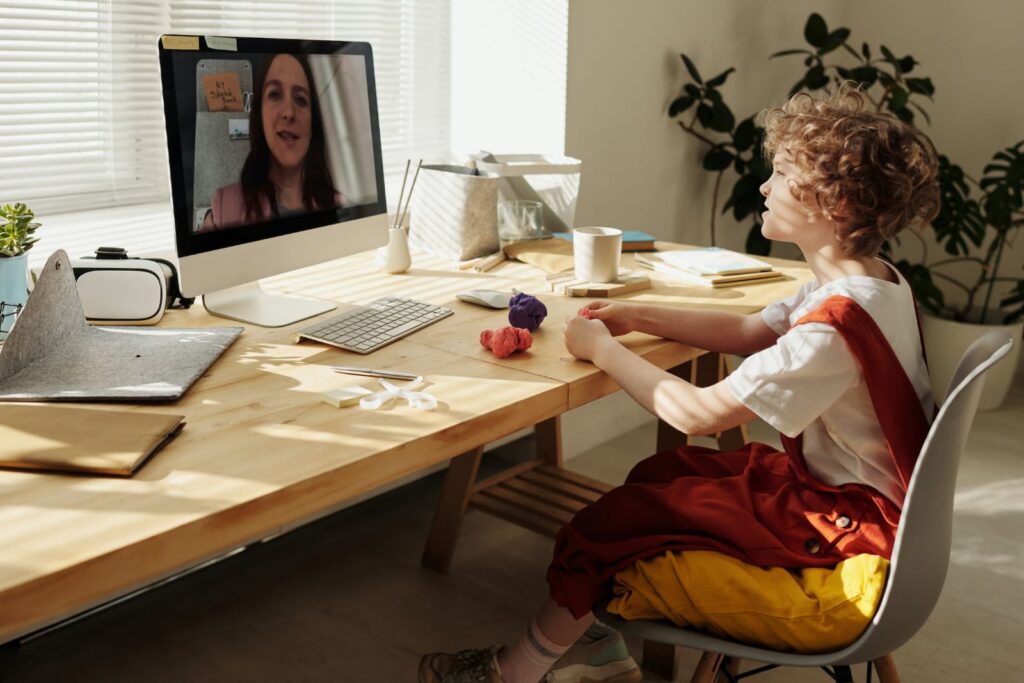The capacity to successfully communicate or exchange thoughts and emotions. Many experts concur that effective communication is being able to convey ideas without misinterpreting or deceiving others. having effective communication with a variety of individuals from different backgrounds.
Table of Contents
Introduction:
Human interaction relies heavily on exchanges, yet a number of obstacles frequently make it less successful. These obstacles may be caused by a variety of things, such as language and cultural hurdles, individual prejudices, and technology distractions.
We’ll examine common obstacles to good communication in this blog and discuss ways to get past them.
1 . Lack of clarity:
A major impediment to efficient communication is confusion. This may show to be hazy dialog, imprecise language, or disjointed ideas. Lack of clarity in communication can cause misconceptions, uncertainty, and misinterpretations. Aim for clarity in both spoken and written exchanges in order to get past this obstacle.
Suggestions:
To make sure that your audience can understand what you’re saying, use clear, concise language, arrange your ideas logically, and give enough background.

2. Distractions and Noise:
Distractions and noise in the environment might obstruct conversation and information transfer. It can be difficult to stay absorbed and involved when there are outside distractions present, such as competing demands for attention, background noise in a busy space, or interruptions from technology.
Suggestions:
Reducing disturbances and establishing a setting that facilitates conversation can assist in getting past this obstacle. Locate a peaceful area, switch off superfluous electronics, and set ground rules.
3 . Differences in Language and Culture:
Effective communication can be severely hampered by linguistic and cultural hurdles, especially in varied and multicultural settings. Misunderstandings and confusion can result from variations in language, communication styles, nonverbal clues, and cultural conventions.
Suggestions:
It is crucial to promote cultural competency and awareness in order to close these disparities. When speaking across cultural boundaries, respect cultural differences, be aware of language restrictions, and use plain, basic language. To improve cross-cultural understanding as well as efficacy, look for opportunities to learn about various cultures and communication styles.

4. Barrier of Emotion:
Emotions are important in communication because they can help or impede the flow of information. Emotional obstacles like anxiety, defensiveness, rage, or fear can impair judgment, prevent transparency, and make dialogue difficult. Cultivating emotional intelligence and self-awareness is essential to overcoming emotional hurdles.
Suggestions:
Identify and accept your feelings, engage in active listening, and make an effort to keep your composure and calmness throughout talks. Establish a compassionate and understanding atmosphere that promotes candid and open conversation, enabling people to share their thoughts and worries without worrying about criticism or retaliation.
5. Technology-Related Barriers:
In the current digital era, technology is becoming a necessary component of communication, but it can also provide a number of challenges. Issues with technology, inadequate internet access, and dependence on digital means of interaction might impede efficient cooperation and collaboration.
Suggestions:
Select communication platforms and technologies that are dependable, easy to use, and available to all stakeholders in order to reduce technological barriers. To guarantee that people are competent in using technology for communication, offer training and assistance. Furthermore, ensure that backup plans are prepared to handle technical problems and lessen their influence on the efficacy of communication.

Conclusion:
Building relationships, encouraging teamwork, and accomplishing common objectives all depend on effective communication. However, a number of obstacles may stand in the way of effective interaction. Individuals and organizations can improve their communication skills, mutual understanding, and the creation of a more inclusive and collaborative environment by recognizing these hurdles and putting solutions in place to overcome them. Recall that learning, adapting, and improving is an ongoing process for effective communication. By removing obstacles, we may fully realize the potential of human connection and teamwork.

